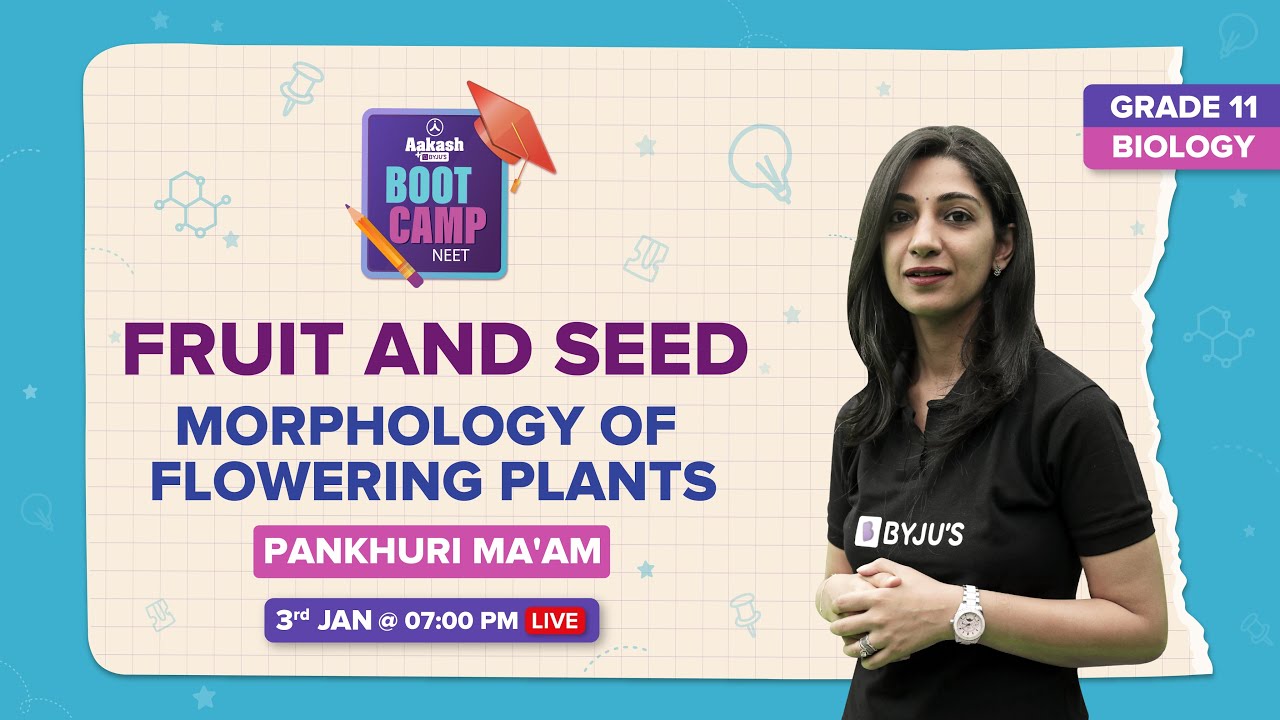A bean is the seed of one of the many genera of the Fabaceae (Leguminosae) flowering plant family, which are typically grown for animal and human sustenance as vegetables. Here, let’s learn the structure of bean seed in detail.
Table of Contents
Bean Seed – Structure
Bean is a member of the legumes family and the bean seed typically contains the future plant or embryo. The following are some important structures of a bean seed:
Testa – The term testa refers to the outermost protective layer, which is often extremely thin but resilient. Water can penetrate the testa’s surface through a microscopic opening known as the micropyle and begin the germination process, thus breaking the latent period.
Cotyledons – Cotyledons are the two halves of the bean seed that are covered and protected by the testa. The young bean plant uses cotyledons as food storage until it is big enough to feed itself.
Embryo – The embryo is the young plant and it consists of the first set of leaves (plumule) and the first root (radicle). The radicle grows and spreads out through the micropyle into the earth below as water enters the micropyle. At the same time, the plumule begins to grow upward.
Epicotyl and Hypocotyl – The portion of the stem above the cotyledons and below the plumule is known as the epicotyl. The epicotyl expands and lengthens as the bean seedling grows, a phenomenon known as phototropism. Between the cotyledons and the foot is the hypocotyl, which is a component of the stem. The hypocotyl travels upward through the earth toward the sun with the plumule and cotyledons.
Hilum – Where the bean seed once connected to the pod is marked by a scar called a hilum. The micropyle is found in the hilum.
To grow, a bean needs water. It initially takes this in through a tiny opening known as the micropyle. The young bean plant starts to emerge from the bean seed as it begins to germinate or grow. It feeds on the starch found in the cotyledon.
Keep exploring BYJU’S Biology to learn more such exciting topics.
Also Check:
- Dicotyledonous and Monocotyledonous Seeds
- Seed Germination
- Parts of a Seed
- Seed and Fruit Formation – Seed Dispersal
Recommended Video:
